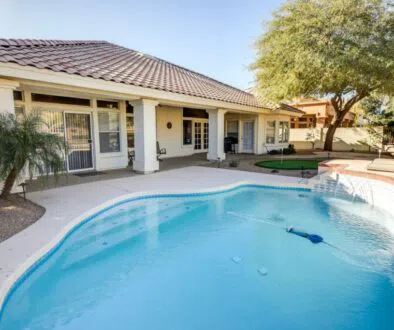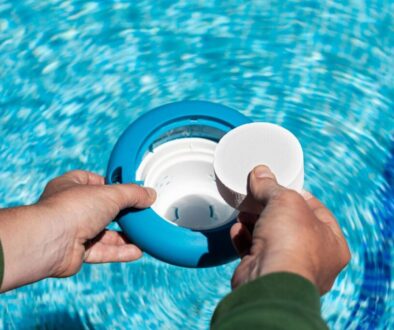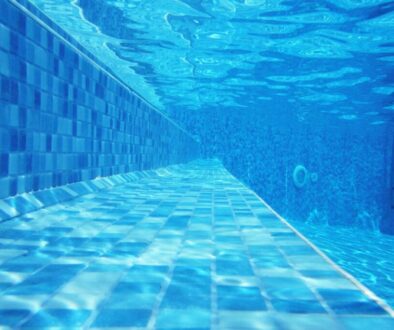How To Drain Pool With A Submersible Pump
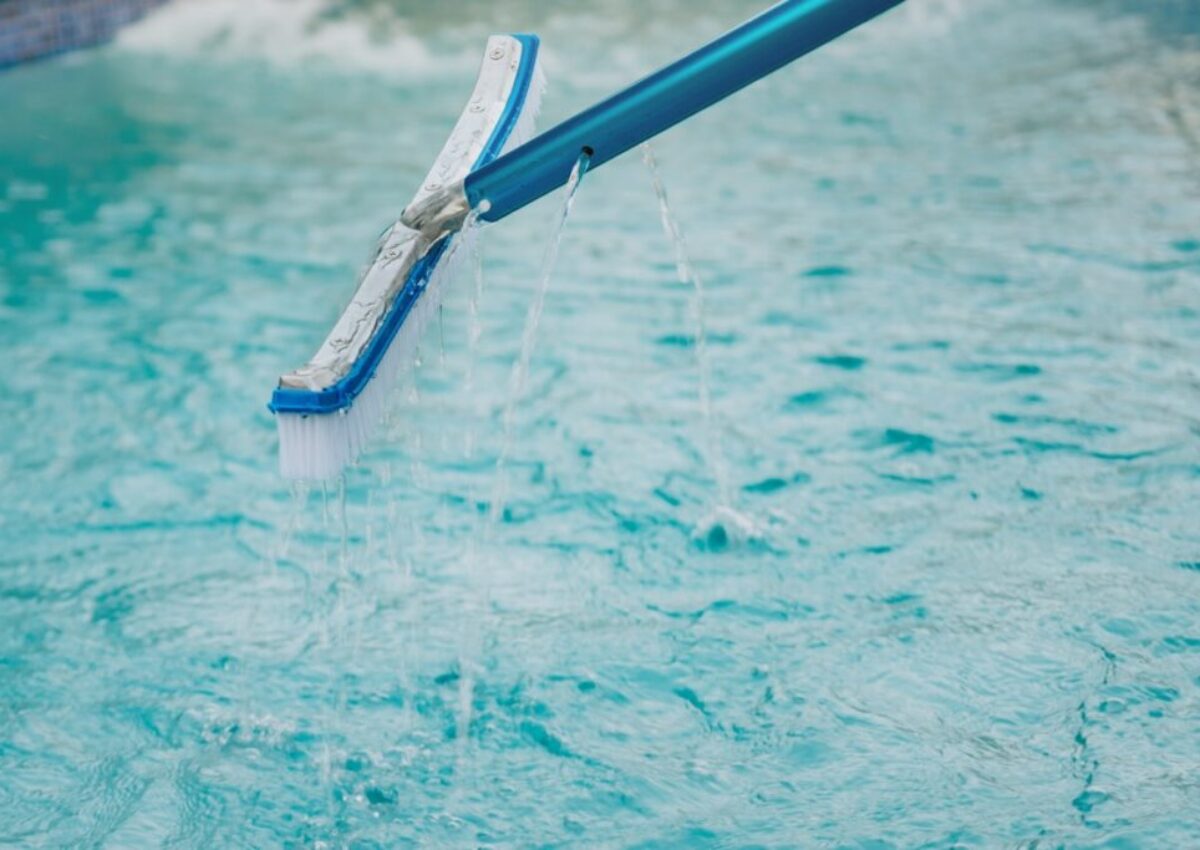
Published October 19, 2023
An above ground pool is always a good idea as it can provide endless hours of fun and relaxation during the hot summer months. Having this kind of pool means you also have to know how to drain an above ground pool. There will come a time when you’ll need to drain your pool for various reasons, such as cleaning, maintenance, or preparing for the winter season. Draining an above ground pool may seem like a time-consuming task, but being equipped with the right knowledge, it can be a straightforward process.
In this article, we will guide you through the essential steps on how to drain an above ground pool.
How to Drain an Above Ground Pool: All You Need to Know
Step 1: Prepare the Proper Equipment
Before you start draining your above ground pool, you want to make sure that you have all the necessary equipment and materials ready. For starters, you’ll need the following:
- Submersible pump
- Garden hose
- Extension cord
- Rake or skimmer net
- Safety goggles
- Rubber gloves
- Pool chemicals (to treat the water before and after draining)
Step 2: Test and Adjust Pool Water
When talking about how to drain an above ground pool, always test the water to check for the chemical levels. Adjust the pH, alkalinity, and chlorine levels if needed to ensure the water is balanced. This step is important as it prevents damage to your lawn and the environment by maintaining safe water quality.
Step 3: Remove Debris
One thing that is often not discussed in how to drain a pool guides is removing the debris. Always remember that debris can still cause significant damage to your pool’s wall, so be sure to remove them before pouring the water.
Use a rake or skimmer net to remove any debris or leaves floating on the pool’s surface. This ultimately helps in preventing damages to the walls, clogs in your pump, and helps maintain the pump’s efficiency.
Step 4: Disconnect Power
Make sure to turn off the pool pump and disconnect the power supply to any electrical pool equipment to avoid accidents while working around the water.
Step 5: Set Up the Submersible Pump
Here’s how to drain a pool with a hose:
Attach one end of the garden hose to the submersible pump and ensure the pump is submerged in the water. Place the other end of the hose at the desired drainage location, ensuring that the water will flow away from your home’s foundation and other areas you don’t want to get submerged in water.
Step 6: Start Pumping
Plug the submersible pump into a GFCI-protected outlet using an extension cord if necessary. Turn on the pump and start draining the water.
It may take some time depending on your pool’s size and the flow rate of the pump. Make sure that the hose is securely positioned to prevent it from moving or becoming dislodged during the draining process.
Step 7: Monitor the Water Level
Always monitor the water level in your pool throughout the whole process. You should never completely drain an above ground pool as it may lead to structural damage. Stop the pump when the water level reaches a safe point which is typically just below the skimmer line or manufacturer’s recommendation.
Step 8: Treat and Dispose of Pool Water
Once the pool water reaches the desired level, add any necessary chemicals to treat the remaining water. Avoid dumping pool water directly into storm drains because it can harm the environment. Instead, consider using the water to irrigate your lawn or garden, or contact your local authorities for guidelines.
Step 9: Keep Your Equipment
Our how to drain an above ground pool guide does not end there. You also have to make sure that the equipment is stored properly. Clean and store your pump, hose, and any other equipment properly, and make sure they are ready for future use.

When to Drain an Above Ground Pool
1. End of Pool Season
The most common answer to this is when it is at the end of pool season or when summer is over. This is typically in early fall or before the winter starts.
If you live in an area with freezing temperatures, draining the pool before winter is essential. This helps prevent damage from freezing and thawing, as ice can exert tremendous pressure on the pool walls, leading to structural damage.
2. Excessive Algae Growth and Water Issues
As a pool owner, you already know that maintaining your pool chemicals is a must to keep the water clear. But what happens if you’re battling persistent algae blooms, water discoloration, or unusual water chemistry issues? This is where draining your above ground pool can be an effective solution.
Algae Overgrowth
Algae can take over your pool if not managed properly. In cases of severe algae infestations, it may be more practical to drain the pool completely. Then scrub the walls and start with fresh water.
Stabilizer or Cyanuric Acid Buildup
High levels of stabilizer or cyanuric acid can make it difficult to maintain proper chlorine levels. If your pool’s stabilizer level is too high, it might be necessary to drain and refill the pool to correct the imbalance.
Water Chemistry Problems
Persistent issues with pH, alkalinity, or calcium hardness can be challenging to solve with the pool’s current water. So you must know how to drain a pool to correct this.
3. Repairs and Renovations on the Pool Structure
When you need repairs on your above ground pool’s structure, you might have to drain the pool. To know when this is necessary, here are some instances:
Pool Liner Replacement
If your pool’s liner is damaged, leaking, or showing obvious wear and tear, you’ll need to drain the pool to replace the liner properly.
Wall or Frame Repairs
Structural repairs to the pool’s walls or frame may need draining the pool to access and fix the damaged areas.
Major Renovations
If you plan to make significant upgrades or modifications to your above ground pool, such as changing its size or shape, you’ll likely need to drain the pool to get started with these renovations.
Conclusion
Knowing the ins and outs of how to drain an above ground pool may seem overwhelming at first. But by following these steps, you can do it safely and faster. Always remember that properly maintaining your pool and treating the water before and after draining is crucial to ensure the longevity of your pool. Keep in mind to always follow your local regulations and guidelines for pool water disposal to maintain a clean and eco-friendly swimming environment.
FAQs
1. Can I Drain My Above Ground Pool Completely?
It’s not recommended to completely drain an above ground pool due to various reasons. One reason is that it can lead to liner damage and wrinkles to vinyl-lined pools. If you need to lower the water level, it’s usually safe to drain it to about 6 inches from the bottom. It is still best to consult your pool’s manufacturer for their recommended water level.
2. What Should I Do with the Water I Drain from My Pool?
In most cases, it’s best to direct the water away from your home’s foundation and towards a suitable drainage point. Avoid draining pool water into storm drains or sewers without checking local guidelines, as this water might contain chemicals or chlorine that can harm the environment. You can also repurpose the pool water for watering plants or lawns if it doesn’t contain harmful chemicals. Always test the water quality before using it for irrigation.
3. How Do I Know When to Drain My Above Ground Pool?
There are many scenarios wherein you’d have to drain your above ground pool water. One is that the summer or pool season is over. This would necessitate you to get your pool ready for winter thus requiring you to drain your pool. Another is when the pool water chemical is beyond balancing.
Hire Boca’s Favorite Pool Builders
Excel Pool and Patio Solutions is your trustworthy provider of pool services in Boca Raton. We are experts in pool and patio remodeling and can handle your resurfacing needs as well. Our technicians are vetted and trained for your guaranteed satisfaction. Get to know us by browsing our website or reaching out to us with any questions.
Contact our team today to request a free estimate for pool construction, maintenance, repairs and more.
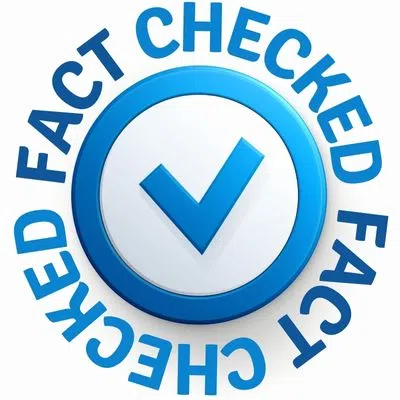
Fact Checked By Experts
This is original content and has been diligently fact checked by our internal team of experts. Discover more about the rigorous editorial standards we uphold for our website here.

About The Author
I am Tracy Gorman, a seasoned writer from the Philippines. I possess the research and writing skills to delve into any niche. Get to know me!

